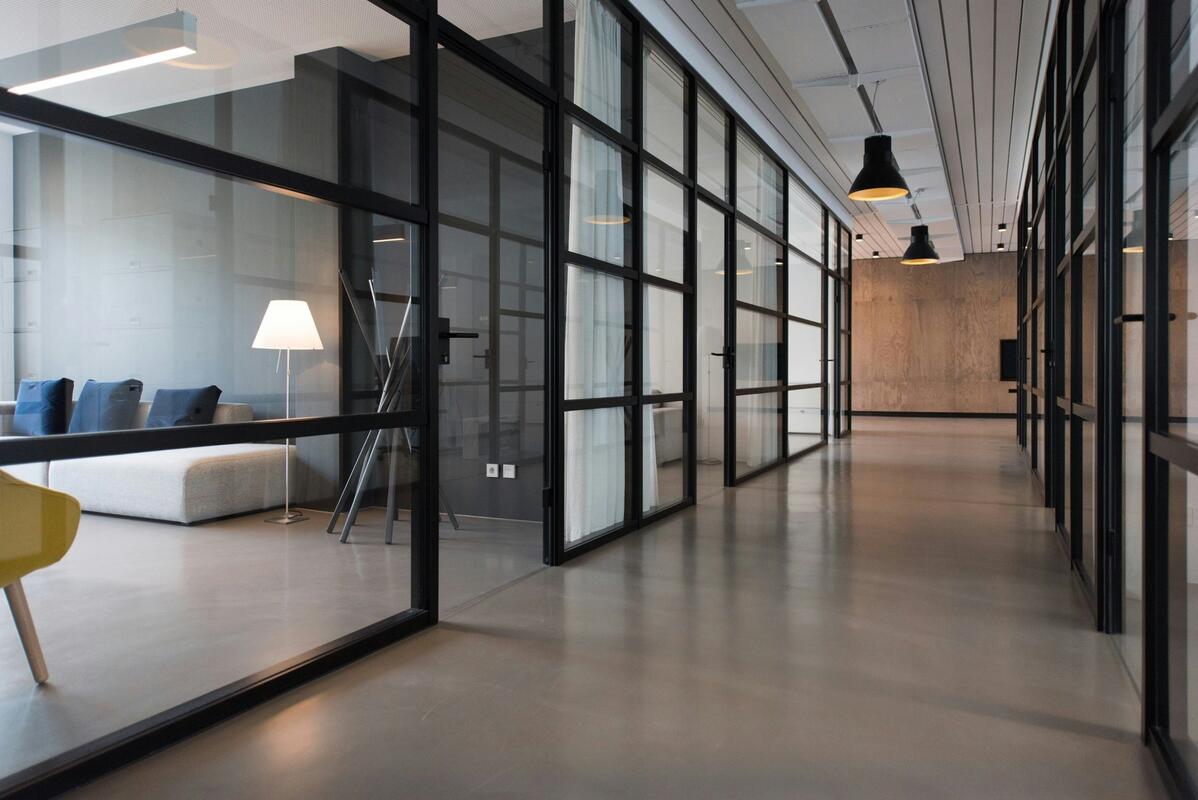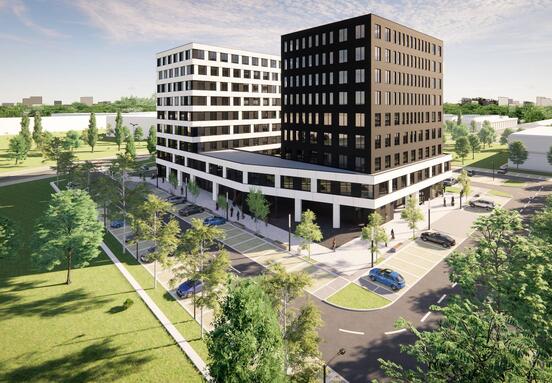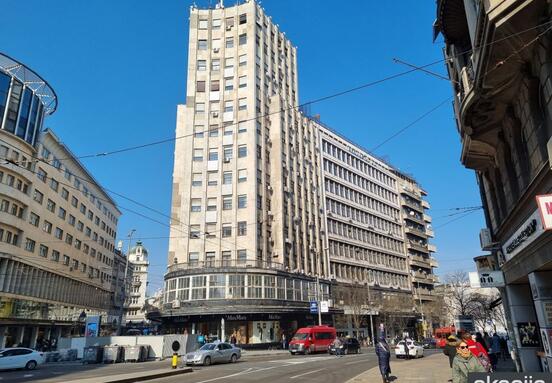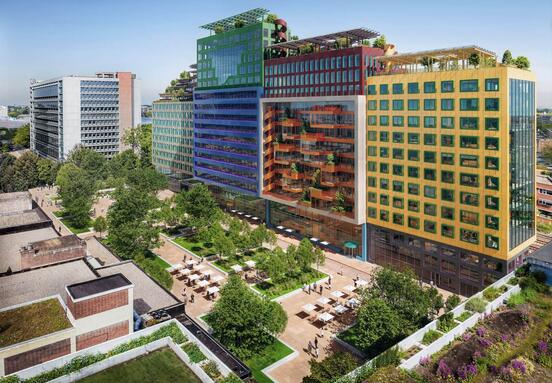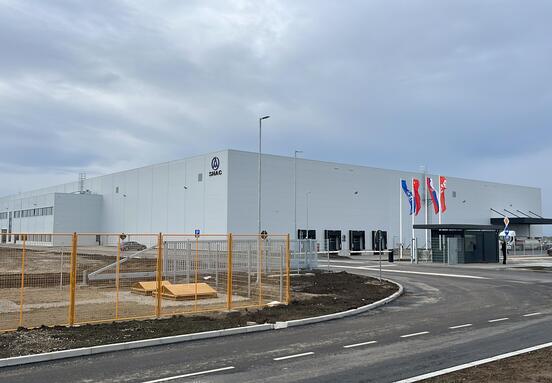1. Natural Light and Airy Spaces
Natural lighting has been proven to improve mood, energy, and focus. Large windows, glass partitions, and open layouts create a sense of spaciousness and connection with the outside world. This not only enhances productivity but also makes the space look modern and welcoming.
2. Smart Technology
From wireless charging stations to smart lighting and climate control systems – technology is at the heart of the modern office. Integrated digital boards, high-speed internet, and remote collaboration tools allow for more efficient work and remove technical barriers.
3. Flexible Work Zones
Modern teams rarely spend the entire day at the same desk. Successful offices offer a mix of open spaces for teamwork, quiet zones for focused work, meeting rooms, and informal corners for quick discussions. This flexibility fuels creativity and allows everyone to find their ideal way of working.
4. Spaces for Relaxation and Social Interaction
Forward-thinking companies know that taking breaks is not a waste of time but an investment in long-term productivity. Kitchens, lounge areas, terraces, or game rooms become places where the team connects, exchanges ideas, and recharges.
5. Green Elements and Sustainability
Plants in the office are more than just decoration – they improve air quality, reduce stress, and bring a touch of nature into the workspace. Increasingly, companies are investing in sustainable materials, energy-efficient systems, and recycling programs, which also appeal to environmentally conscious talent.
A modern office is not a luxury – it’s a strategic tool for attracting and retaining the best people. The combination of aesthetics, functionality, and technology creates a work environment where employees want to stay and give their best. In an era where the competition for talent is intense, the right workspace can be a decisive factor for success.
